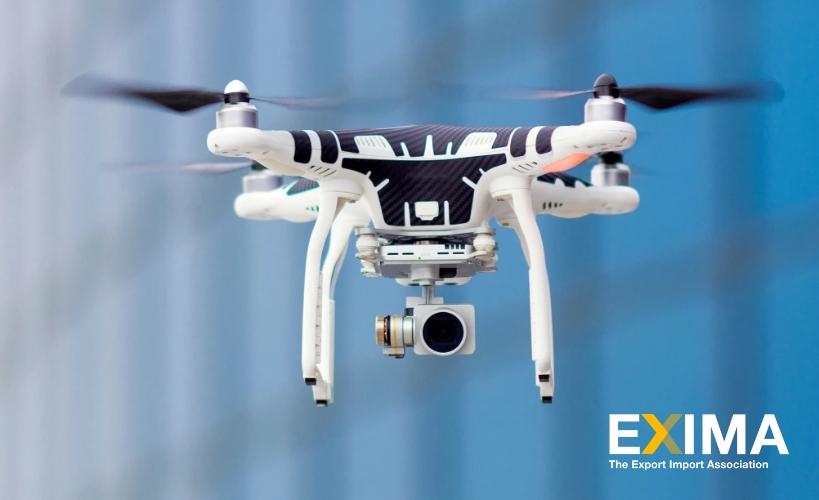While it may not be mainstream yet, drone delivery is beginning to take shape as suppliers, freight providers, and governments work to figure out a best path forward for this innovative delivery approach. The question is, when will we drones be able to fully take over the shipping industry? It may be coming sooner than you think.

Cargo drones are a proven technology – they can now drop online shopping deliveries in back yards, deliver vital medicines to otherwise inaccessible locations, and zip around warehouses to deliver items.
One sector in particular, the parcel delivery sector, will shape the future development of cargo drones and other unmanned aerial vehicles (UAV). Most people are still largely unaware of the applications of non-military drones, but civil UAVs will become as common as delivery vans and taxis in the near future, with players from different industries fighting over air space.
The booming civil UAV market can be split into three categories: infrastructure inspection and maintenance, environment inspection and maintenance, and transportation and leisure, which includes cargo drones.
Currently, the logistics industry leads the way in already-operational UAV use cases. This is largely thanks to the growing number of national authorities that have issued permits allowing companies to trial commercial cargo drones, led by pioneers such as Australia, Singapore, Iceland and Switzerland. These usually involve firms being allowed to operate fee-charging UAV services at certain times, and surveying customers afterwards to improve their offerings.
Currently, there are four different cargo drone use cases in logistics, in varying states of implementation: automation of intralogistics covering factories and warehouses, parcel delivery (first/last mile) catering to dense urban areas, supply of medical goods to normally hard-to-reach places, and transportation of air freight.
Each aims to automate the transportation of goods while offering faster, more flexible, less expensive and more environmentally-friendly services than the other. But an important question for players in the industry is which will be first to dominate the air space and set the pace and regulatory framework for the others.
While significant growth is expected, that is not to say there aren’t challenges to address. Concerns around the safety, privacy, security, and power of unmanned systems are all important considerations in their long-term successes, and it is crucial that manufacturers, aviation authorities, government bodies, and logistics experts work together to regulate the market.

Learn More with EXIMA
EXIMA is here for all global importers and exporters and has resources for everything international trade-related. To learn more about our exclusive resources, make sure to check out our Site.


